On February 10th 2018, more than 20 people gathered at Awbury Agricultural Village to learn about some of the “unusual” fruits that POP plants and why. There were some great takeaways from this workshop including learning more in depth about some of the less common options available to Philadelphia-based orchards. The most important piece from my perspective, was understanding that these “unusual” fruits were not just exciting because they were less common, but because they are also generally a lot easier to care for compared to common fruits.
Apples and peaches were highlighted as being among the most challenging to grow in our climate because of intense pest and disease pressure. They and all of the other common fruits are closely related members of the Rosaceae family and are prone to a variety of growing challenges, resulting in greater need for pruning, spraying, and other maintenance requirements.
By contrast, figs, paw paws, persimmons and other “unusual” fruits are less commonly planted, more distantly related, and much easier to grow and maintain. How much easier? This depends on the specific plant, but most have very few pest and disease challenges and many approach our idyllic vision of fruit growing as “plant, water, and then harvest year after year”.
So it’s one thing for certain fruits to be easier to grow, but what about the other benefits? Well, with more than 30 fruits discussed, plus a handful of nuts and some zone 8 possibilities, there’s a great variety and selection to choose from, and by incorporating a diverse array of them into your growing space, you can continue to lessen the impact of pests and diseases, which favor targeting large stands of singular plantings (or ‘monocultures’) rather than having to scavenge through mixed plantings all over the city.
Another benefit from planting more unusual fruits is the opportunity to increase your window for harvestable fruit – beginning in May with the goumi berry, a sweet-tart berry that can be used for jellies or syrups. The goumi is a medium sized shrub that is self-fertile (meaning you only need one to produce fruit); partial-shade tolerant; and nitrogen fixing (meaning it absorbs the important nutrient nitrogen from the air and adds it to the soil near its roots, thus feeding itself and other neighboring plants). An ideal plant for food forests!
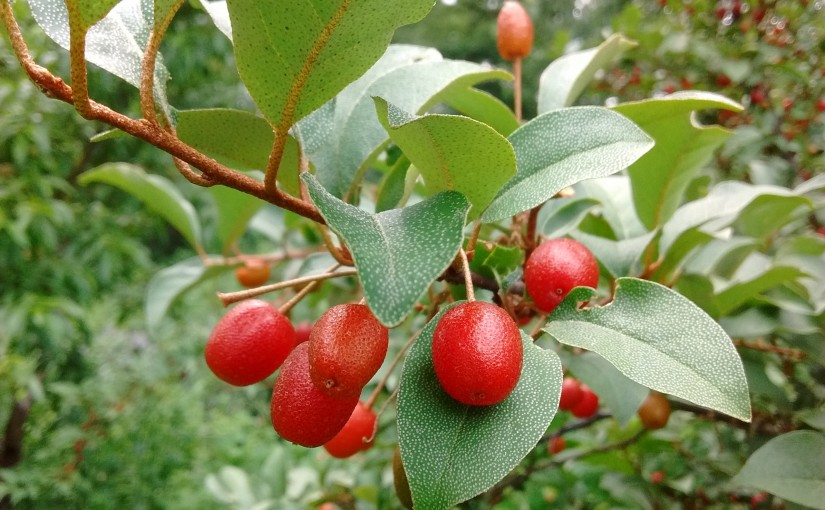
Come June, there are many harvest options among the unusual fruit set — including the aforementioned goumi; the mulberry, beloved by birds as the sweetest fruit; honey berry, a small shrub with blueberry like fruits; alpine strawberries, which produce crops in both June and in September/October and grow low to the ground, tolerant of partial-shade, and in addition to producing sweet berries, are also quite attractive; and of course juneberries, which get their name from the their ripening month. A true POP favorite, juneberries (also known as serviceberries) have a widespread presence in Philly as a native planting that is frequently featured as a street tree throughout the city.
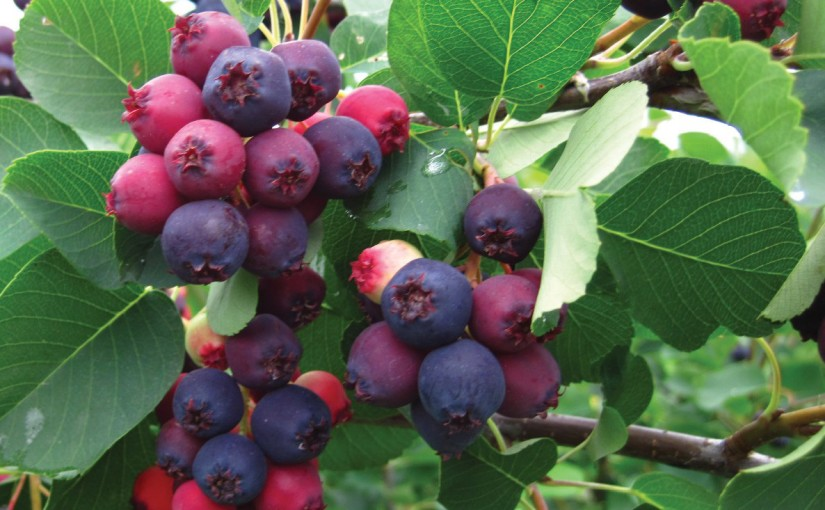
If you’re interested in getting a more hands-on experience with juneberries, keep a look-out for POP’s 3rd annual Juneberry Joy week in Spring 2018. We’ll be harvesting juneberries from throughout the city with volunteers and then partnering with local businesses to feature some delicious juneberry products.
In July at the peak of summer, your options are a’plenty! Nanking cherries, black, clove, red and white currants, gooseberry, jostaberry, and beach plum are all in fruit this time of year. These mostly small and medium shrubs offer a variety of tasty, healthy fruits; nanking cherries are quite productive and ornamental; and currants are especially shade tolerant.
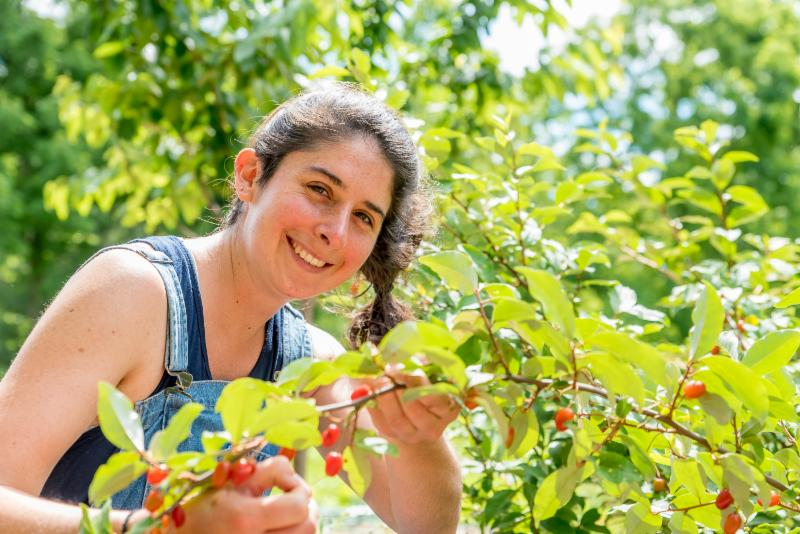
From August through November, another 15+ shrubs and trees enter their prime blossoming and fruit period: figs, paw paws, persimmons, jujubes, cornelian cherry, elderberries, and hardy kiwis, to name a few!

By working with a diversity of plants, POP orchards are able to meet a wide range of needs, whether it be producing fruits for specific times of the year (useful to consider for school orchard sites) or throughout the entire year, providing benefit to the community as well as to pollinators, offering a variety of food crops that can be used to make value added products, frozen, dried, or of course eaten fresh!
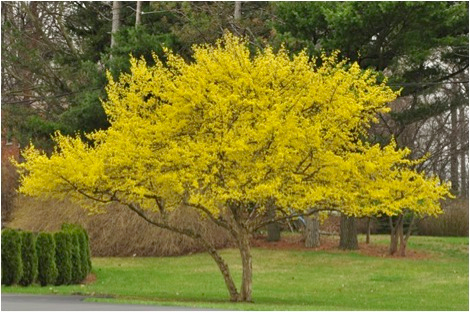
It’s exciting to know that there are so many options for low-maintenance fruit-bearing shrubs and trees that provide so many different benefits to the orchard. If you’re interested in learning more about these easy-to-grow options, below is a list in order from most recommended (for both ease of care and deliciousness) to least recommended.
Also, I would be remiss not to mention the AMAZING paw-paw pudding Phil provided at the end of the workshop – which was a real treat!
UNCOMMON FRUIT TREES (most recommended to least for ease of care and deliciousness):
- Fig
- Paw-paw
- Asian Pear (although a common fruit, pretty pest and disease resistant)
- Juneberry
- Asian Persimmon
- American Persimmon
- Mulberry
- Jujube
- Crab Apple
- Che fruit
- Cornelian Cherry
- Kousa Dogwood
- Trifoliate Orange (Only citrus hardy to the region)
- Medlar
- Quince
UNCOMMON FRUITING SHRUBS (most recommended to least):
- Nanking Cherry
- Goumi
- Red & White Currants
- Jostaberry
- Black Currants
- Clove Currants
- Gooseberry
- Elderberry
- Beach Plum
- Black Chokeberry
- Rugosa Rose (aka Rose Hips)
- Flowering Quince
- Honey Berry
UNCOMMON FRUITING VINES (most recommended to least):
- Hardy Kiwi
- Arctic Beauty Kiwi
- Maypop
UNCOMMON FRUITING GROUNDCOVERS:
- Alpine Strawberry
- Prickly Pear
NUT-PRODUCING TREES AND SHRUBS:
- Hardy Almonds (almond x peach crosses)
- Chestnuts and Chinquapins
- Hazels and Filberts
- Pecans and Hickories
- Walnuts and Heartnuts
ZONE 8 FRUITING PLANTS (require winter protection):
- Pomegranate
- Olive
- Chilean Guava
- Pineapple Guava
- Loquat
- Yuzu
NOTE: The lists above are not exhaustive- so many options! Here is a link to the workshop slides for more details: Unusual Fruits for Philly
Want to try using some of these unusual fruits in a beverage, and bring a little bit of orchard into your cup? Try one of these recipes created by Education Director Corrie Spellman-Lopez for a refreshing mocktail or cocktail:
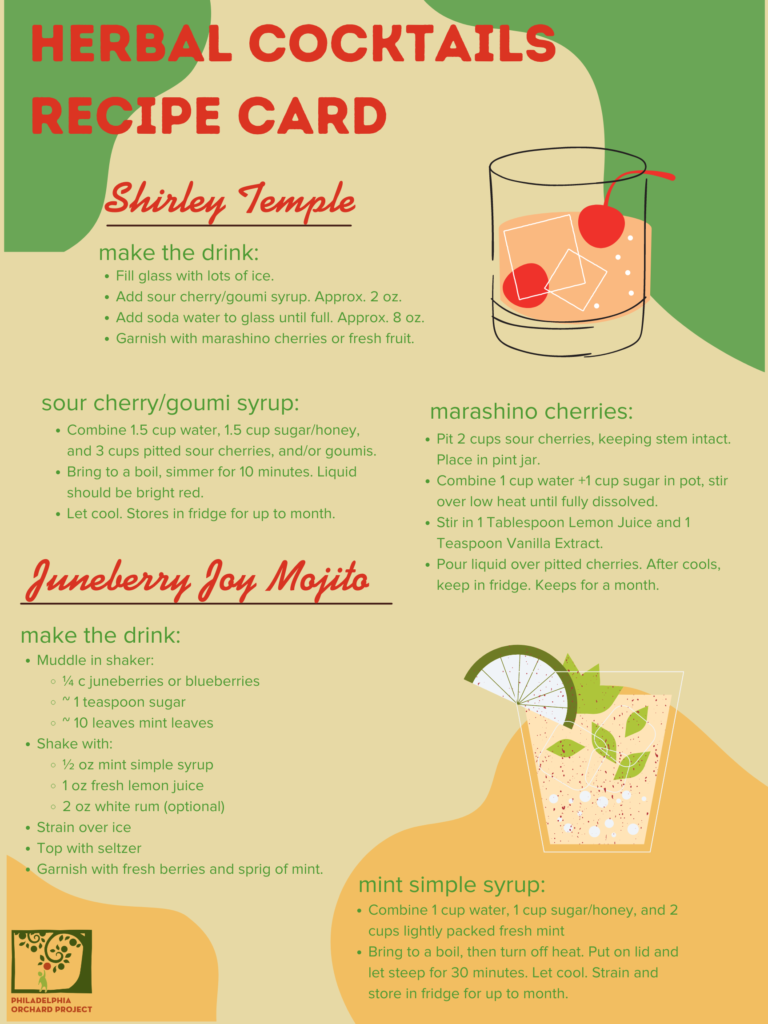
This POP blog was written by 2018 Events & Education Intern Alex Zaremba and updated in 2022.
Support us!
If you find this entry useful, informative, or inspiring, please consider a donation of any size to help POP in planting and supporting community orchards in Philadelphia: phillyorchards.org/donate